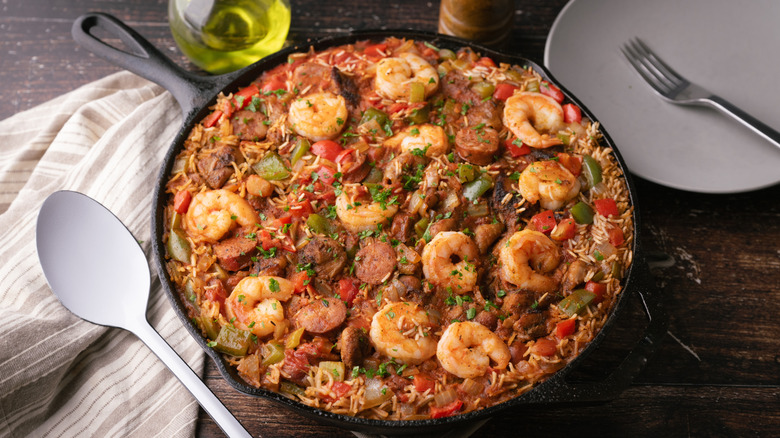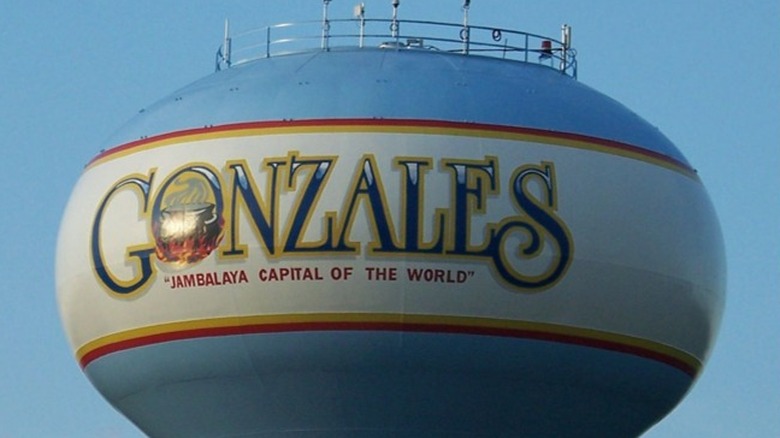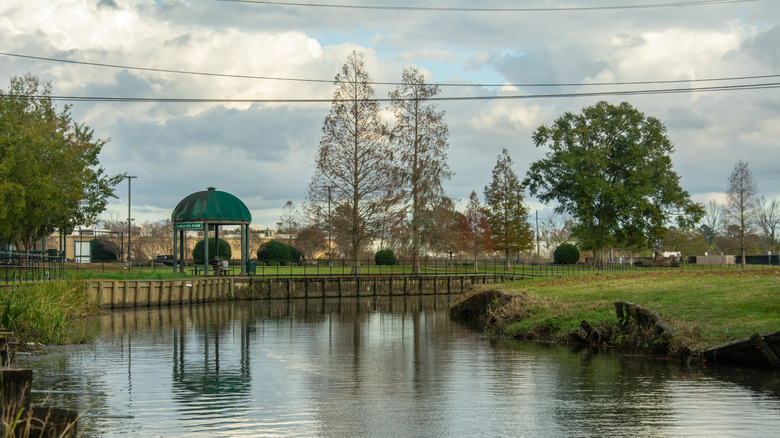Louisiana has a good argument for being the culinary capital of the United States, and not just because it’s the birthplace of Tabasco hot sauce. The unique blend of cultures, traditions, and external influences that have shaped the Pelican State has made it a remarkable melting pot of flavors, ingredients, cuisines, and cooking techniques, leading to a food scene that is nigh on unbeatable. Whether it’s French oysters and beignets, Sicilian muffalettas and chicken parmesan, Creole gumbo and po’boys, or Cajun crawfish and andouille, Louisiana’s cuisine paints a picture of the history of the region.
Most foodie travelers visiting Louisiana will head straight to New Orleans, and with good reason. The Big Easy is a paradise for gourmets and gourmands, home of America’s oldest family-owned restaurant, and the heart of Louisiana cooking. But it is always worth exploring beyond the obvious destinations, and nestled between New Orleans and Baton Rouge, just out of sight of a lazy bend in the Mississippi River, lies Gonzales, the Jambalaya Capital of the World.
Gonzales is a small town, a blink-and-you-missed-it kind of place. Located just off the I-10, about 25 miles from Baton Rouge and 57 miles from New Orleans, it’s the kind of town you might drive through on a road trip and think looks kinda cute, maybe worth stopping for lunch, but not a place to explore in any significant sense. But looks can be deceiving, as Gonzales has a rich culinary history as one of the best places on the planet to get to grips with jambalaya, one of the foundations of Creole and Cajun cuisine.
A celebration of the best of Creole and Cajun cuisine
Jambalaya is emblematic of the unique cultural combinations that make Louisiana cooking such a fascinating and delicious blend. Although its origins are shrouded by the mists of time, it is thought to be a melange of West African and European dishes, a mash-up of recipes like jollof rice from Senegal and paella from Valencia. There are various ways to prepare jambalaya (hardly a surprise given its multicultural origin story), but at the heart of every style is “the Holy Trinity,” a sofrito-like base of green bell peppers, onions, and celery. The stew then usually includes other vegetables, fish, seafood, andouille sausage, and chicken or pork.
Great jambalaya can be found all over Louisiana, but the reason Gonzales is known as the Jambalaya Capital of the World is thanks to its annual Jambalaya Festival. Held at the end of May every year, the event has been running since 1968, with tens of thousands flocking to this small town to see the best chefs compete against each other for the title of “World Jambalaya Cooking Champion.” The festival has grown significantly since it started and now includes an art show, motor races, boxing competitions, hot air balloons, beauty pageants, sports tournaments, and much more. It is also a great opportunity to discover the fascinating artisanal crafts from Louisiana, as well as a chance to taste more Cajun and Creole cooking.




